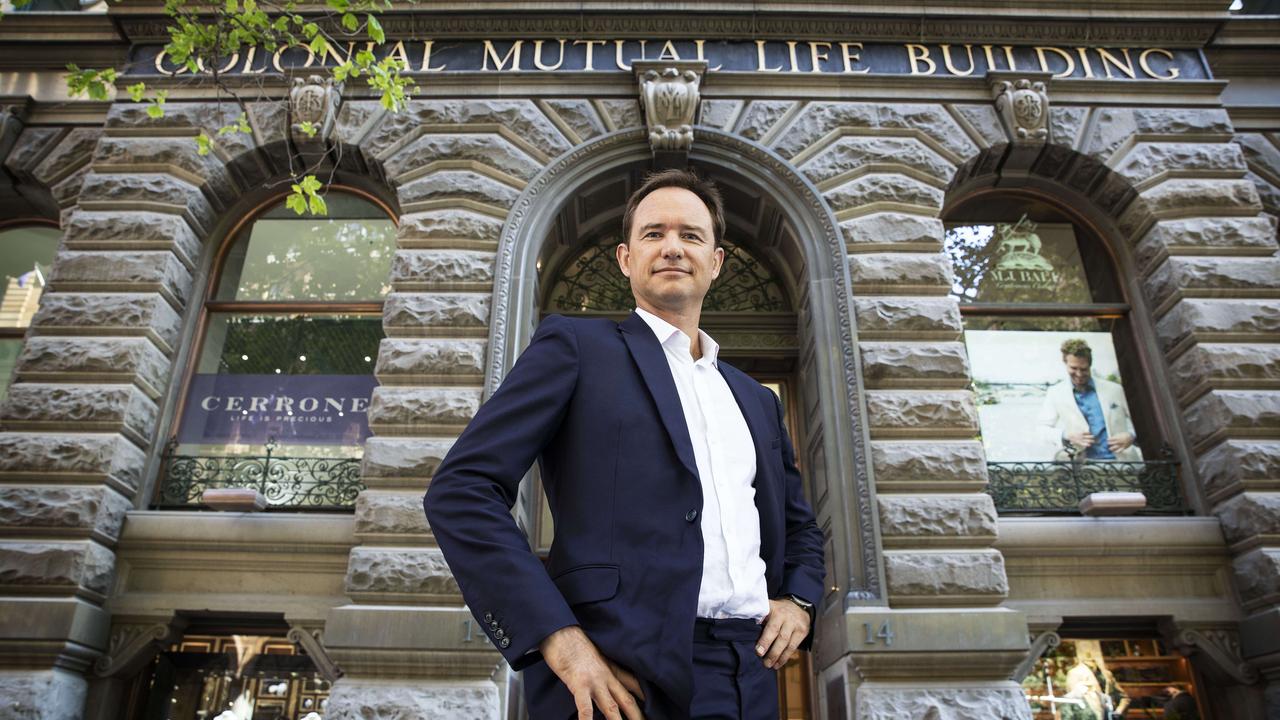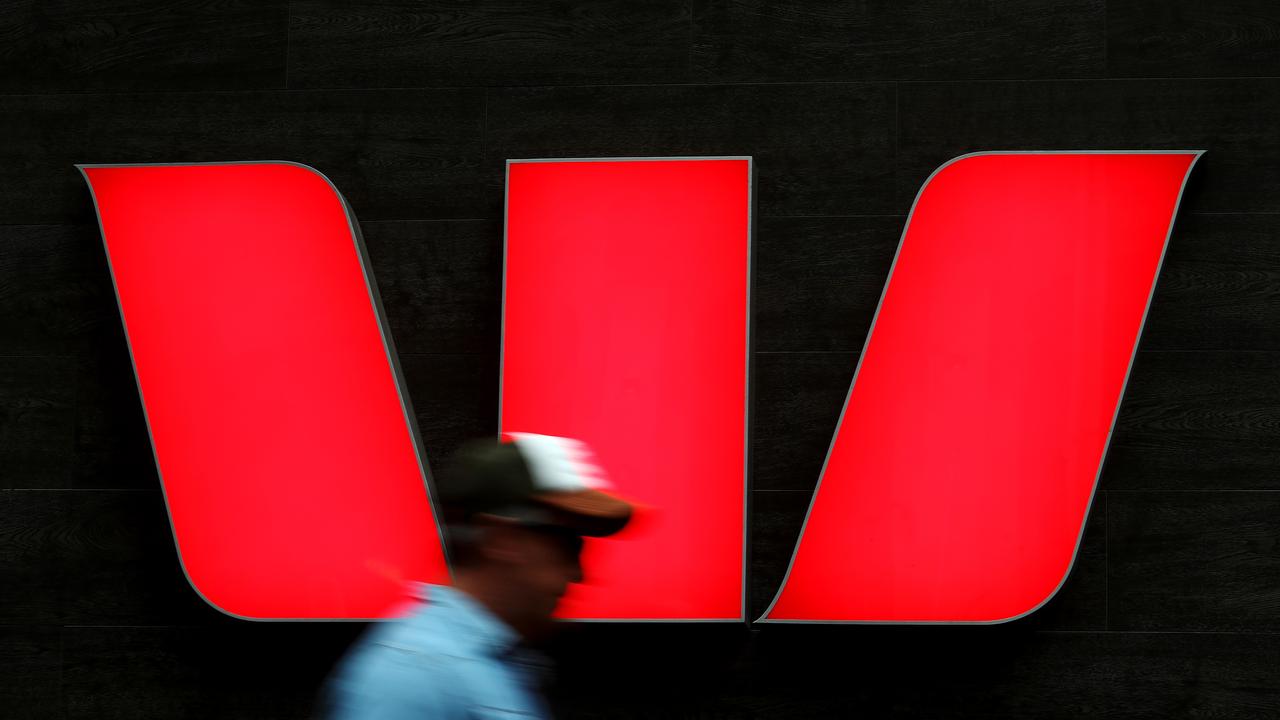Pacific Brands has lost the thread
THE clothes maker has tried just about everything.
SADLY for Pacific Brands, the only investors with fond memories of the company are the former private-equity owners, CVC Asia Pacific and Catalyst Investment Managers, which doubled their 2001 outlay of $730 million when the group listed three years later.
Despite countless restructures and offshoring its manufacturing to Asia, it’s been downhill for PacBrands ever since.
Chief executive John Pollaers, who resigned on Monday, made a valiant attempt to resurrect the glory days for brands like Bonds underwear and Sheridan sheets.
But chairman Peter Bush and his board preferred strategic adviser Maquarie Capital’s plan for asset sales and another fling of the restructuring dice to Pollaers’ three to five-year blueprint, which called for more investment in higher-margin online and bricks-and-mortar retailing.
While Pollaers had some wins, it clearly wasn’t enough, and raises the question of whether PacBrands — in its current form — has any future at all.
Sure, there will be corporate interest in some of the brands.
However, as UBS analyst Jordan Rogers said in a note titled “Is there a bid out there?”, the outlook for the company is deteriorating, and an attractive takeover offer is unlikely in the short term.
Rogers pointed to last month’s 15 per cent cut in guidance to $90m-$93m in earnings before interest and tax, when PacBrands also flagged a build-up in inventories and higher than expected net debt of $260m.
The delayed impact of a falling dollar, leading to more expensive imported stock, would also hurt, requiring an unlikely 4-5 per cent price increase to recover the EBIT dollars lost, let alone improve profit margins.
These are all valid points, but PacBrands has arguably become a relic of a bygone era, when wholesalers had some relevance and a secure place in the retail supply chain.
Now, with the big retailers not afraid to exert their huge market power, the future of consumer goods companies lacking must-stock brands is bleak, largely confined to low-margin, contract manufacturing of private label products for the retail chains.
One source said yesterday that cosmetics and confectionary were the only categories still safe from private-label plundering by the retail behemoths.
In apparel, a highly efficient system of global sourcing makes life impossible for the likes of PacBrands.
For example, consider this scenario.
A former buyer with one of the big retailers who has extensive manufacturing contacts in Asia might go into a pricey boutique in Paris.
As a former designer herself, identifying on-fashion material, colours and cuts is second nature.
She photographs an item with a $3000 retail price, quickly works out the costings and has some samples made up in China, which she shoots down to her Australian retail client. The client is impressed and makes a bulk order.
In 13 weeks, the same item in the boutique, perhaps with a few minor adjustments to pay lip service to intellectual property laws, will be available in Australian retail outlets.
The price tag? About $500.
What’s more, the supply chain, pulled together and overseen by this fashion freelancer, is more efficient than anything PacBrands can bring to bear.
With Pollaers’ departure, Bush has become executive chairman and faces the prospect of more management departures now that Pollaers’ strategy has been junked.
But it gets worse, with net debt blowing out to $260m, its highest level since 2010, and net interest cover for 2014 expected to be 3.4 times — a far cry from a relatively healthy six times a year or so ago.
Off-balance sheet operating leases, negotiated for the rollout of new stores, are a further burden. It’s not a new story for PacBrands.
Since listing, the company has consistently failed to generate acceptable returns on capital, with acquisitions made before the financial crisis leading to a dilutive capital raising post-crisis.
The move by Pollaers’ predecessor Sue Morphet to shift manufacturing offshore in 2009 was designed to generate annual cost savings of $150m.
The strategy required $335m in provisions, as well as an expected $107m in cash outlays over three years that ballooned to $200m.
In the end, the massive restructure failed to significantly move the dial on returns.
Having tried just about everything, the PacBrands board is no doubt receptive to offers.
But it’s unlikely Bush will get bowled over in the rush.


